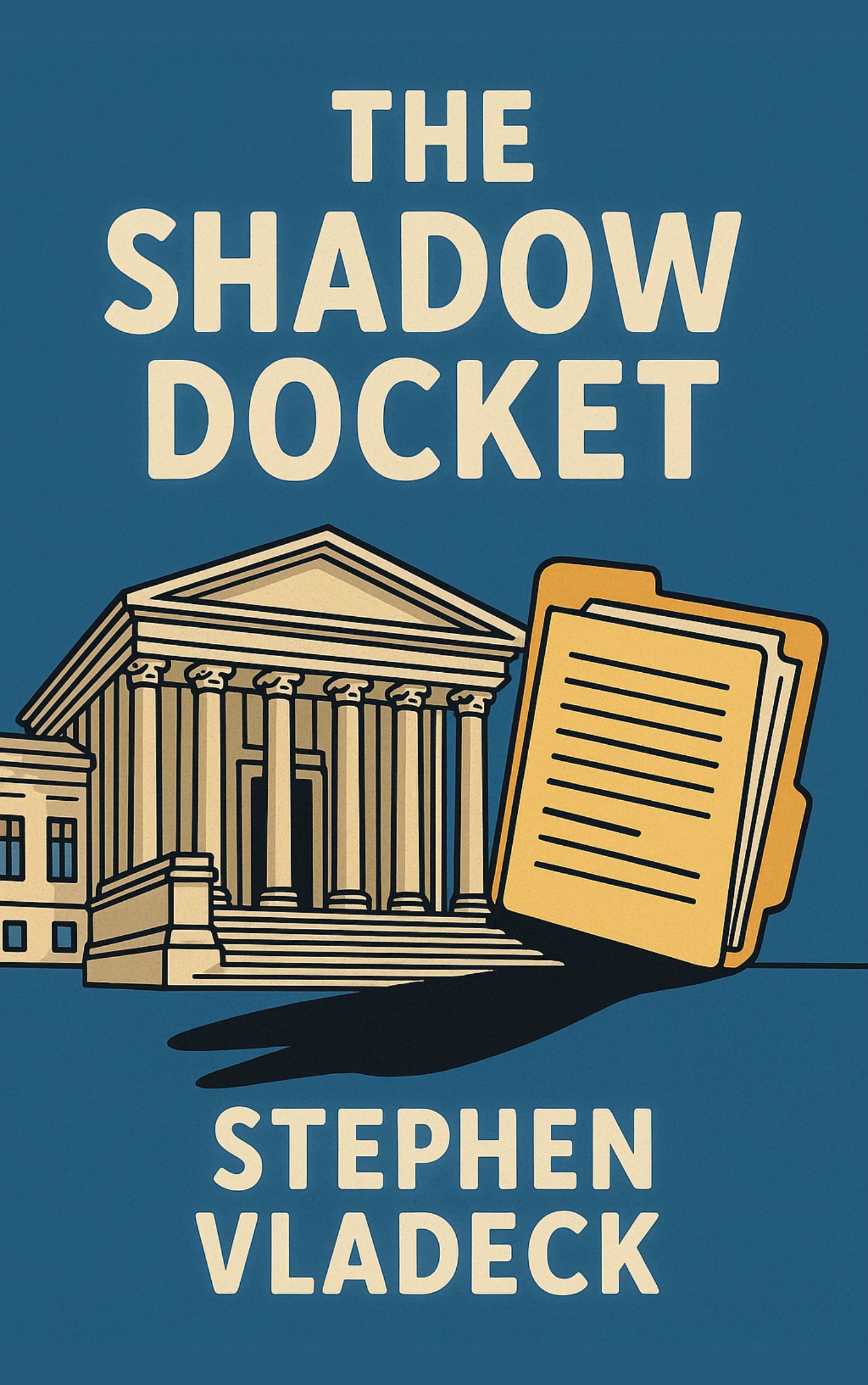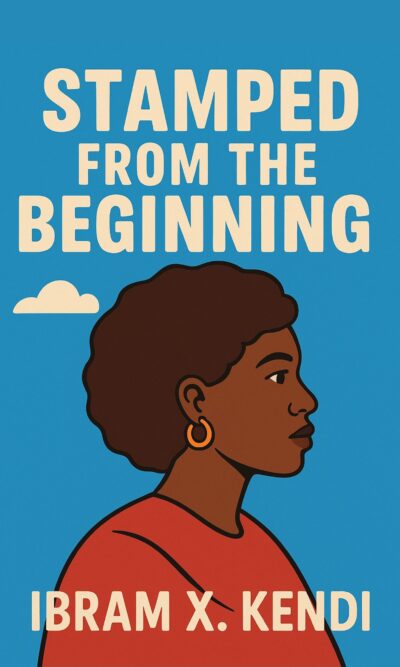Description
The Supreme Court of the United States is often seen as the final word in law and justice. Each summer, when the Court closes its term, the nation pays attention to the major decisions that shape civil rights, government power, and personal freedoms. These headline-grabbing cases usually include long explanations, open debates, and clear votes by the justices. But behind the curtain, there exists another type of decision-making process. It is quieter, faster, and often hidden from public understanding. This is known as the “shadow docket.”
The shadow docket is not about the Court’s famous rulings. Instead, it deals with procedural moves: decisions about whether to hear a case, temporary orders that block or enforce laws, or quick actions made without full explanation. While these might sound minor, they are far from unimportant. In fact, the majority of the Court’s work takes place here. Roughly 99 percent of its decisions come through this back channel, often issued with just a single line of text and no reasoning. Because these rulings still carry the full power of law, they can have massive consequences on daily life and politics.
For most of U.S. history, the shadow docket was used modestly. It handled emergency situations or technical issues while bigger questions waited for full argument. But in recent years, the Court has leaned heavily on it to make major changes, often without giving the public or lower courts clear reasoning. This shift has drawn criticism from legal scholars, journalists, and even some justices themselves.
One turning point came during the Trump administration. In the past, both Republican and Democratic presidents rarely asked the Supreme Court for emergency relief. They treated it as a rare tool, only to be used when waiting for normal legal processes would cause serious harm. Over the 16 combined years of George W. Bush and Barack Obama, there were only eight such requests, and the Court granted just half of them.
Trump’s administration broke that pattern. In four years, his legal team requested emergency help more than forty times. The Court responded favorably, granting relief in most cases. This meant that policies struck down by lower courts were allowed to take effect anyway, at least temporarily. Some of these policies included travel bans targeting predominantly Muslim countries, restrictions on asylum seekers, and limits on transgender people serving in the military. Even if these policies were later overturned or reversed by a new administration, the Court’s quick shadow docket approvals ensured they stayed in force long enough to have real-world impact.
A good example is the travel ban saga. The first ban was blocked quickly by several federal judges. After adjustments, a second version was also blocked. But when the administration appealed, the Supreme Court quietly allowed parts of it to go into effect, without waiting for full hearings. By the time the case was argued in detail, a third version of the travel ban was already in place. The Court ultimately upheld it, but for many months the restrictions had already shaped immigration policy because of shadow docket decisions.
These emergency rulings were not neutral in effect. They often benefited one side politically, tilting the legal playing field. Critics argue this undermines the Court’s claim to be impartial. Instead of standing above politics, the Court appeared willing to act quickly in ways that aligned with the goals of one administration.
The shadow docket has also played a role in elections. In 2006, the Court introduced what became known as the “Purcell Principle.” This idea held that courts should avoid changing voting rules too close to an election, out of fear it would confuse voters. On the surface, this seems like common sense. But in practice, it has allowed states to enforce restrictive or unfair election rules for at least one cycle, even if those rules are later struck down as illegal.
Combined with a 2013 decision that removed certain protections from the Voting Rights Act, the Purcell Principle gave states wide room to restrict voting. States could redraw districts, tighten voter ID laws, or impose other barriers. Even if courts recognized these measures as unfair, they often let them remain in place for the election at hand. This meant that elections proceeded under rules that disadvantaged some voters, particularly minorities, before any higher ruling could correct the system.
Recent examples show how powerful this can be. In Georgia, a court found that new congressional maps violated the Voting Rights Act. But because the primary election was approaching, the ruling said those maps could still be used. Voters had no choice but to vote under a system later recognized as unlawful. In other states, during the COVID-19 pandemic, the Supreme Court blocked efforts to extend mail-in ballot deadlines or loosen signature requirements, despite the extraordinary challenges facing voters.
Again, the effect was not neutral. These rulings tended to favor Republican interests, such as limiting mail-in ballots or approving gerrymandered maps. This fueled criticism that the shadow docket was being used as a political tool rather than a neutral judicial process.
Beyond specific cases, the broader issue is legitimacy. The Supreme Court has no army or police force to enforce its rulings. Its power comes from the public’s belief that it applies the law fairly and consistently. But when it issues unexplained orders that reshape laws overnight, and when those orders often align with one party’s goals, that trust begins to erode.
Even people who agree with the outcomes might feel uneasy about the process. A court that does not explain itself risks appearing arbitrary, biased, or unaccountable. Over time, this weakens its authority as one of the three equal branches of government. If citizens, lawmakers, and lower courts begin to doubt the Court’s fairness, its decisions may carry less weight, undermining the entire legal system.
Some justices themselves have voiced concern. Justice Elena Kagan has criticized the Court for making major decisions with minimal review. Chief Justice John Roberts, though often conservative in his rulings, has dissented in several shadow docket cases, signaling discomfort with using quick orders to rewrite important laws. His stance shows that even within the Court, there is awareness of the risks posed by this approach.
The path forward may depend on greater transparency. Journalists, legal experts, and even former government officials from both parties have called out the dangers of the shadow docket. By bringing attention to it, they hope to push the Court to provide more explanations and limit its use to true emergencies. If the Court can return the shadow docket to its narrower role, it might restore some of the trust that has been lost.
In the end, the story of the shadow docket is about more than technical legal procedures. It is about how power is exercised, often quietly, in ways that affect millions of people. It shows how rules can be bent or stretched to achieve political goals without open debate. And it reminds us that even institutions built on law and principle must be watched closely, because their greatest strength—public trust—can be damaged when decisions move into the shadows.





